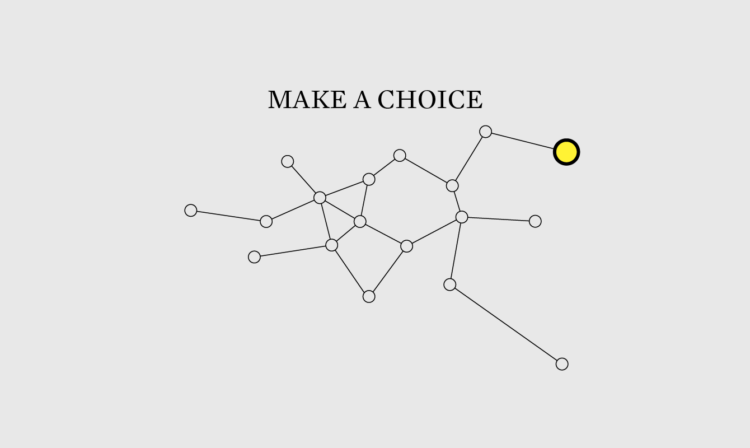HiClass: a Python Library for Local Hierarchical Classification Compatible with Scikit-learn
Updated: 2023-03-31 16:24:21
: Home Page Papers Submissions News Editorial Board Special Issues Open Source Software Proceedings PMLR Transactions TMLR Search Statistics Login Frequently Asked Questions Contact Us HiClass : a Python Library for Local Hierarchical Classification Compatible with Scikit-learn Fábio M . Miranda , Niklas Köhnecke , Bernhard Y . Renard 24(29 1 17, 2023. Abstract HiClass is an open-source Python library for local hierarchical classification entirely compatible with scikit-learn . It contains implementations of the most common design patterns for hierarchical machine learning models found in the literature , that is , the local classifiers per node , per parent node and per level . Additionally , the package contains implementations of hierarchical metrics , which are more appropriate for

 Membership Courses Tutorials Projects Newsletter Become a Member Log in Members Only Visualization Tools and Learning Resources â March 2023 Roundup March 30, 2023 Topic The Process roundup Welcome to issue 232 of The Process , where we look closer at how the charts get made . I’m Nathan Yau , and every month I collect visualization tools and resources to help make better charts . This is the good stuff for . March To access this issue of The Process , you must be a . member If you are already a member , log in here See What You Get The Process is a weekly newsletter where I evaluate how visualization tools , rules , and guidelines work in practice . I publish every Thursday . Get it in your inbox or access it via the site . You also gain unlimited access to hundreds of hours worth of
Membership Courses Tutorials Projects Newsletter Become a Member Log in Members Only Visualization Tools and Learning Resources â March 2023 Roundup March 30, 2023 Topic The Process roundup Welcome to issue 232 of The Process , where we look closer at how the charts get made . I’m Nathan Yau , and every month I collect visualization tools and resources to help make better charts . This is the good stuff for . March To access this issue of The Process , you must be a . member If you are already a member , log in here See What You Get The Process is a weekly newsletter where I evaluate how visualization tools , rules , and guidelines work in practice . I publish every Thursday . Get it in your inbox or access it via the site . You also gain unlimited access to hundreds of hours worth of Artificial Intelligence is already being used in data journalism. For a field which is obsessed about trying to automate tedious tasks, AI is custom made. Data storytelling and journalism have always been at the forefront of technology, first to adopt the newest gadgets and techniques. When VR devices launched, data journalists at the WSJ designed … Continue reading →
Artificial Intelligence is already being used in data journalism. For a field which is obsessed about trying to automate tedious tasks, AI is custom made. Data storytelling and journalism have always been at the forefront of technology, first to adopt the newest gadgets and techniques. When VR devices launched, data journalists at the WSJ designed … Continue reading → Membership Courses Tutorials Projects Newsletter Become a Member Log in Members Only Narrow Audience March 23, 2023 Topic The Process audience Welcome to issue 231 of The Process where we look closer at how the charts get made . I’m Nathan Yau , and this week I’m thinking about communicating data to as few people as . possible To access this issue of The Process , you must be a . member If you are already a member , log in here See What You Get The Process is a weekly newsletter where I evaluate how visualization tools , rules , and guidelines work in practice . I publish every Thursday . Get it in your inbox or access it via the site . You also gain unlimited access to hundreds of hours worth of step-by-step visualization courses and tutorials which will help you make sense of data for
Membership Courses Tutorials Projects Newsletter Become a Member Log in Members Only Narrow Audience March 23, 2023 Topic The Process audience Welcome to issue 231 of The Process where we look closer at how the charts get made . I’m Nathan Yau , and this week I’m thinking about communicating data to as few people as . possible To access this issue of The Process , you must be a . member If you are already a member , log in here See What You Get The Process is a weekly newsletter where I evaluate how visualization tools , rules , and guidelines work in practice . I publish every Thursday . Get it in your inbox or access it via the site . You also gain unlimited access to hundreds of hours worth of step-by-step visualization courses and tutorials which will help you make sense of data for New episode of the Data Journalism Podcast out today with an interview with Rani Molla. Rani is a senior correspondent at Vox Media, reporting for Recode on the intersection between work, technology and the future. She uses data to tell stories every day, whether it’s about our return to the office (or lack of), the impacts of … Continue reading →
New episode of the Data Journalism Podcast out today with an interview with Rani Molla. Rani is a senior correspondent at Vox Media, reporting for Recode on the intersection between work, technology and the future. She uses data to tell stories every day, whether it’s about our return to the office (or lack of), the impacts of … Continue reading →